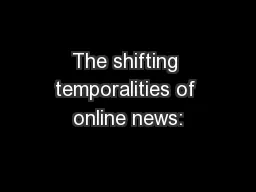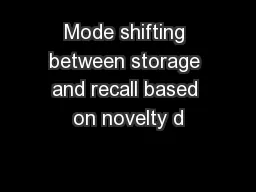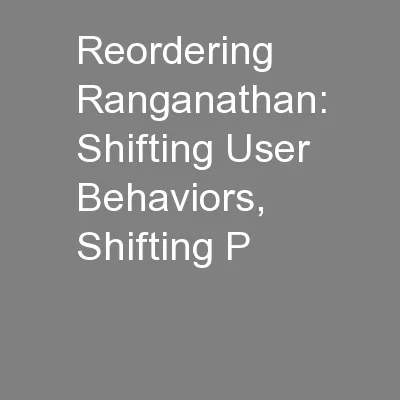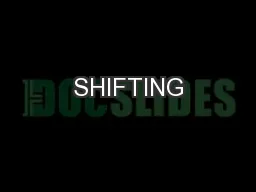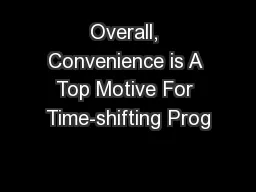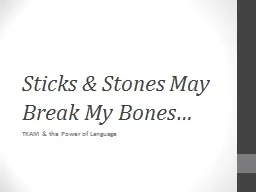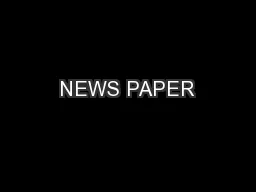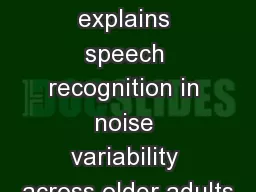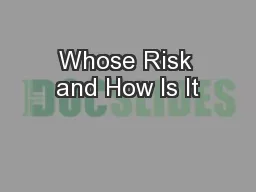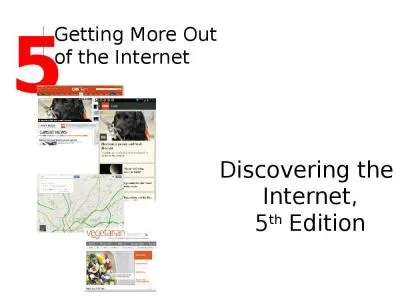PPT-The shifting temporalities of online news:
Author : alexa-scheidler | Published Date : 2017-06-24
the Guardians news site from 1996 2015 Bødker H forthcoming 2016 The Times of News Websites In Franklin B and Eldridge II S eds The Routledge Companion to Digital
Presentation Embed Code
Download Presentation
Download Presentation The PPT/PDF document "The shifting temporalities of online new..." is the property of its rightful owner. Permission is granted to download and print the materials on this website for personal, non-commercial use only, and to display it on your personal computer provided you do not modify the materials and that you retain all copyright notices contained in the materials. By downloading content from our website, you accept the terms of this agreement.
The shifting temporalities of online news:: Transcript
Download Rules Of Document
"The shifting temporalities of online news:"The content belongs to its owner. You may download and print it for personal use, without modification, and keep all copyright notices. By downloading, you agree to these terms.
Related Documents

